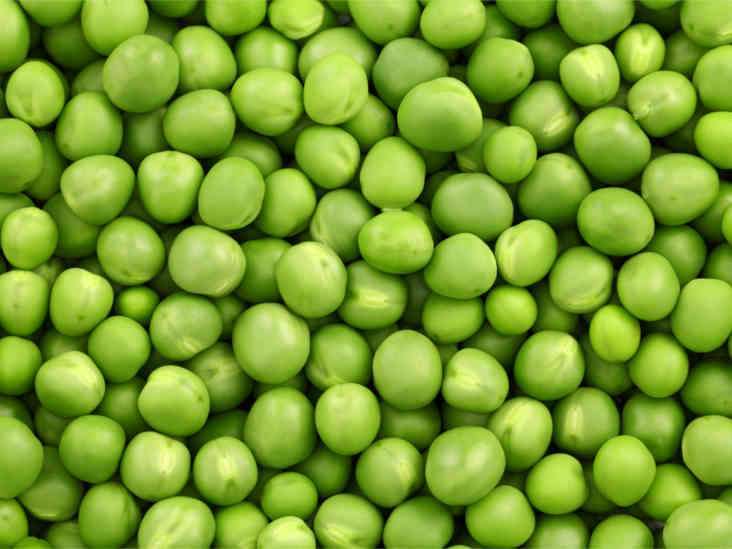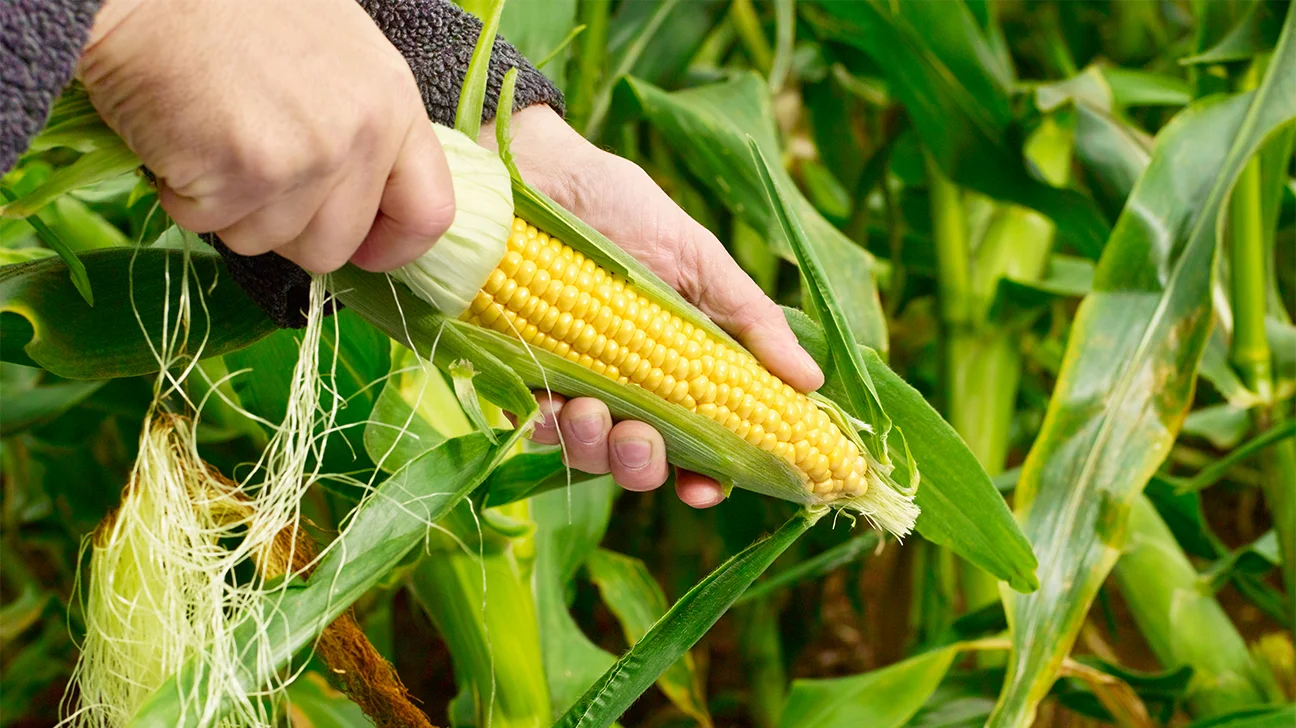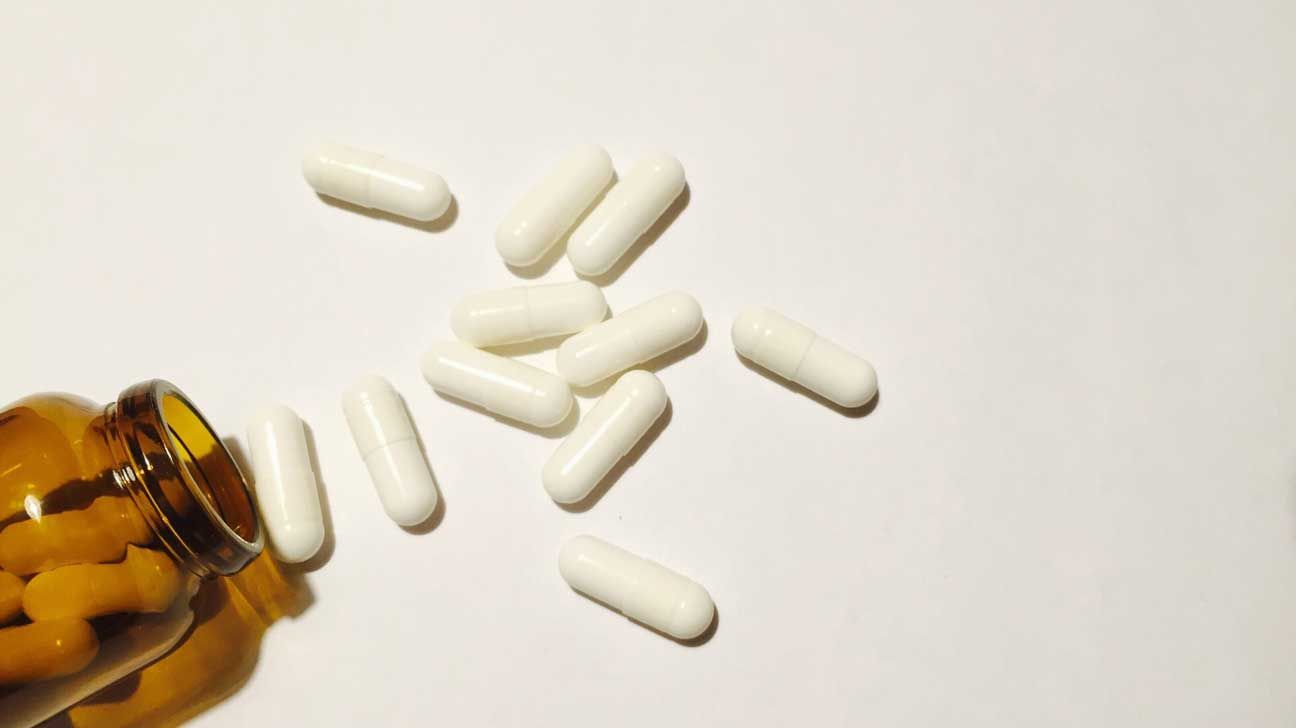Introduction to Green Peas
Green peas, scientifically known as Pisum sativum, are a popular legume known for their sweet flavor and vibrant green color. They belong to the Fabaceae family and are widely consumed worldwide in both fresh and dried forms. In addition to their delicious taste and versatility in cooking, green peas are prized for their impressive nutritional profile and numerous health benefits.
Nutritional Profile of Green Peas
Green peas are nutrient-dense and provide a range of essential vitamins, minerals, and dietary fiber. A one-cup serving (approximately 160 grams) of cooked green peas typically contains:
- Calories: 125
- Protein: 8 grams
- Carbohydrates: 25 grams
- Dietary Fiber: 9 grams
- Fat: 1 gram
- Vitamin K: 40% of the Daily Value (DV)
- Vitamin C: 26% of the DV
- Folate: 16% of the DV
- Iron: 8% of the DV
- Magnesium: 6% of the DV
- Potassium: 6% of the DV
Green peas are also rich in other vitamins and minerals, including vitamin A, vitamin B6, niacin, riboflavin, thiamine, phosphorus, zinc, and manganese.
Health Benefits of Green Peas
Rich Source of Vitamins and Minerals
Green peas are packed with essential vitamins and minerals that play vital roles in overall health and well-being. They provide significant amounts of vitamin K, vitamin C, folate, iron, and other nutrients necessary for immune function, bone health, energy metabolism, and cellular processes.
High in Dietary Fiber
Green peas are an excellent source of dietary fiber, with one cup providing nearly one-third of the recommended daily intake for adults. Dietary fiber promotes digestive health by supporting regular bowel movements, preventing constipation, and maintaining a healthy balance of gut microbiota.
Supports Digestive Health
The high fiber content of green peas helps promote digestive health by reducing the risk of constipation, diverticulosis, and other digestive disorders. Additionally, green peas contain soluble fiber, which can help lower cholesterol levels and regulate blood sugar levels.
Helps Manage Blood Sugar Levels
The combination of fiber and protein in green peas helps slow down the absorption of sugars into the bloodstream, preventing rapid spikes in blood sugar levels. This can be beneficial for individuals with diabetes or those at risk of developing diabetes, as it helps improve glycemic control and insulin sensitivity.
Promotes Heart Health
Green peas contain heart-healthy nutrients such as fiber, potassium, and antioxidants, which support cardiovascular health and reduce the risk of heart disease. The soluble fiber in green peas helps lower LDL (bad) cholesterol levels, while potassium helps regulate blood pressure and maintain proper heart function.
Provides Antioxidant Protection
Green peas are rich in antioxidants, including flavonoids, carotenoids, and vitamin C, which help neutralize harmful free radicals and protect cells from oxidative damage. Antioxidants play a crucial role in reducing inflammation, preventing chronic diseases, and promoting overall health and longevity.
Culinary Uses of Green Peas
Green peas are incredibly versatile and can be incorporated into a wide range of savory and sweet dishes. They can be enjoyed fresh, frozen, or dried, and can be cooked, steamed, boiled, roasted, or mashed. Some popular culinary uses of green peas include:
- Adding them to salads, soups, stews, and curries
- Mixing them into rice, pasta, or grain dishes
- Blending them into smoothies or dips
- Using them as a topping for pizzas or flatbreads
- Incorporating them into omelets, frittatas, or quiches
- Making them into spreads, patties, or croquettes
Incorporating Green Peas into Your Diet
There are numerous ways to incorporate green peas into your diet to reap their health benefits and enjoy their delicious flavor. Here are some tips for adding more green peas to your meals:
- Snack on raw green peas or toss them into salads for a crunchy texture and vibrant color.
- Blend cooked green peas into soups, sauces, or dips for added creaminess and nutritional value.
- Mix green peas into rice dishes, pasta salads, or grain bowls for extra fiber, protein, and vitamins.
- Use mashed green peas as a spread on toast or crackers, topped with avocado or cheese for a satisfying snack.
- Roast green peas with olive oil and seasonings to create a crunchy and flavorful snack or salad topping.
Potential Side Effects and Precautions
While green peas are generally safe for most people to consume, some individuals may experience digestive discomfort or allergic reactions, especially if they have sensitivities to legumes or certain proteins found in peas. Additionally, individuals with certain medical conditions, such as gout or kidney stones, may need to limit their intake of purine-rich foods like green peas. It’s essential to listen to your body and consult with a healthcare professional if you have any concerns about incorporating green peas into your diet.
FAQs About Green Peas
Are green peas considered a vegetable or a legume?
Green peas are botanically classified as legumes, but they are commonly referred to as vegetables in culinary contexts due to their tender texture and mild flavor.
Are green peas a good source of protein?
Yes, green peas are a good source of plant-based protein, providing approximately 8 grams of protein per one-cup serving. They are a nutritious option for vegetarians, vegans, and anyone looking to increase their protein intake.
Are frozen green peas as nutritious as fresh peas?
Yes, frozen green peas are typically harvested and flash-frozen at peak ripeness, preserving their nutritional value and flavor. They are a convenient and economical alternative to fresh peas and can be used interchangeably in recipes.
Can green peas help with weight loss?
Yes, green peas are low in calories and rich in dietary fiber, making them a filling and satisfying addition to weight loss diets. Their high fiber content helps promote satiety, reduce appetite, and support healthy weight management.
Are green peas suitable for individuals with gluten intolerance or celiac disease?
Yes, green peas are naturally gluten-free and can be safely consumed by individuals with gluten intolerance or celiac disease. They are a nutritious and versatile ingredient for gluten-free diets.
Can green peas be included in a baby’s diet?
Yes, green peas are a nutritious and easily digestible food for babies and young children. They can be mashed, pureed, or served as finger foods once the baby is ready for solid foods, typically around 6 months of age.
Conclusion
Green peas are not only delicious and versatile but also incredibly nutritious, offering a wide range of health benefits for people of all ages. Whether enjoyed as a side dish, added to soups and salads, or incorporated into main courses, green peas provide essential vitamins, minerals, and dietary fiber that support overall health and well-being. By incorporating more green peas into your diet and exploring creative ways to enjoy them, you can reap their nutritional rewards and savor their delightful flavor in countless culinary creations. Embrace the humble green pea as a powerhouse of nutrition and elevate your meals with its vibrant color, fresh taste, and abundant health benefits.
- What It Feels Like To Experience Gaslighting And How To Stop It - June 4, 2025
- Profhilo Treatment Near Shottermill, Surrey - June 2, 2025
- Neck Line Filler Treatment Near Tilford, Surrey - June 2, 2025




